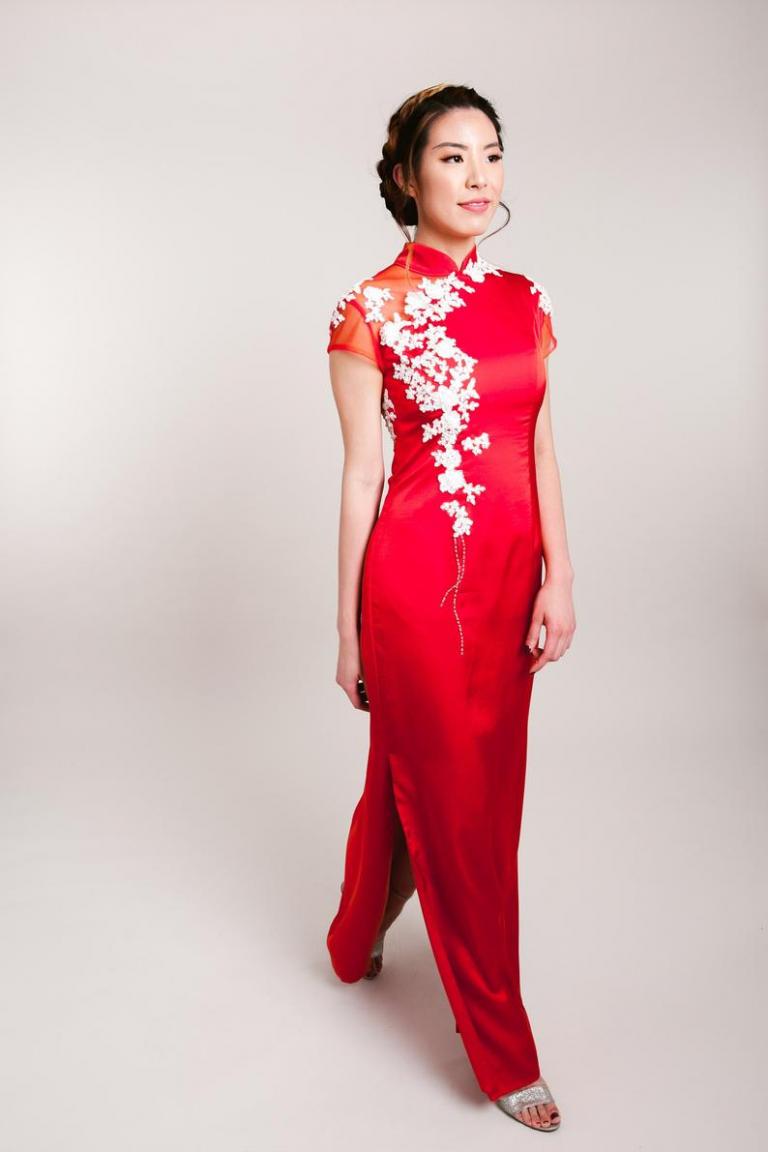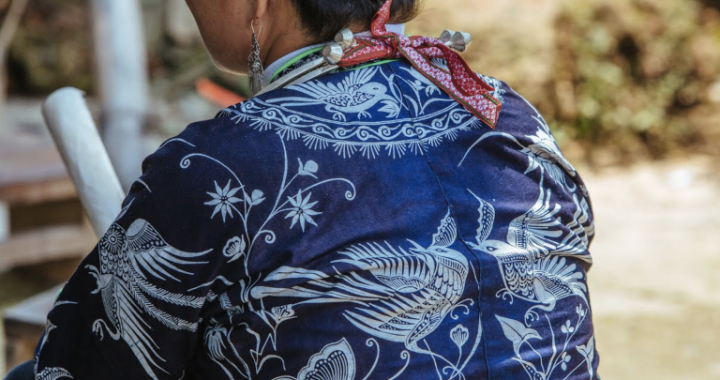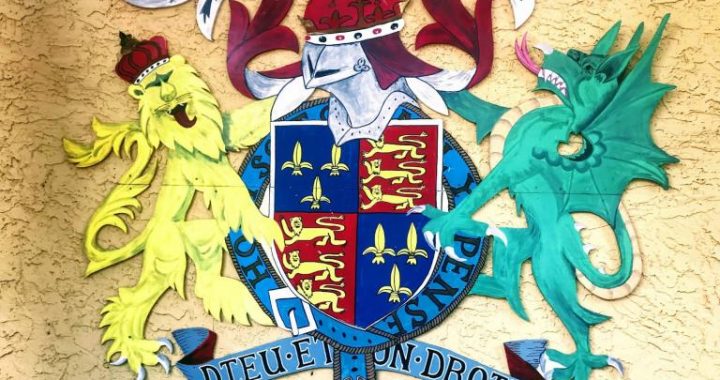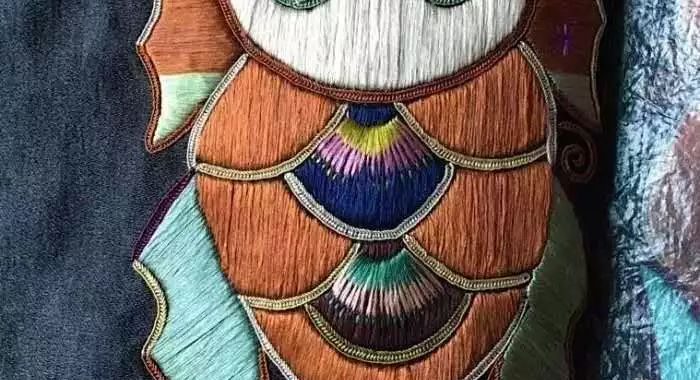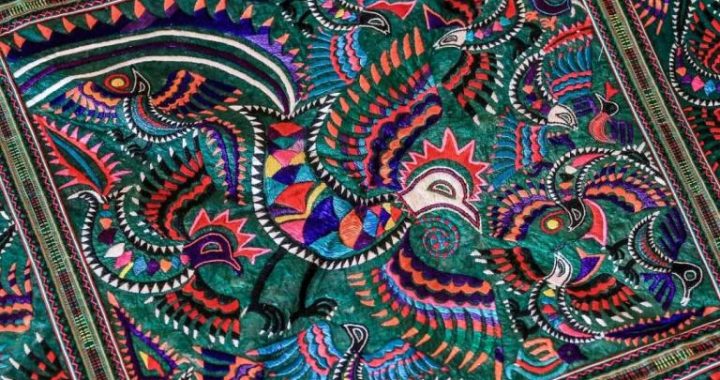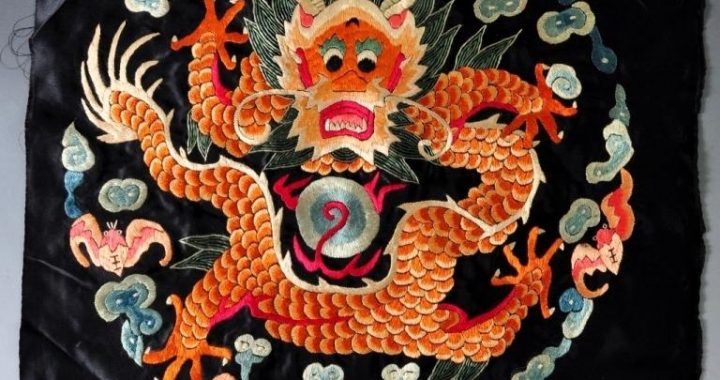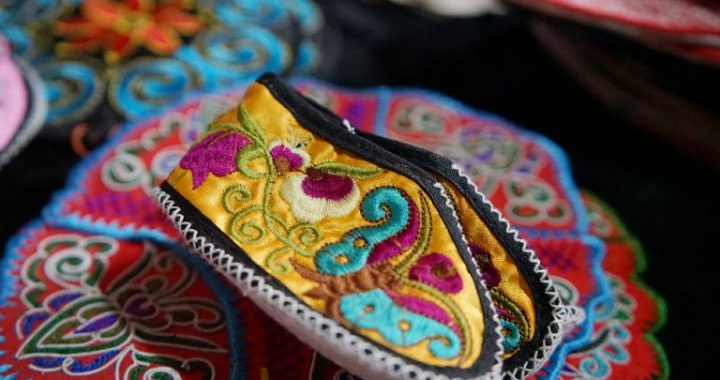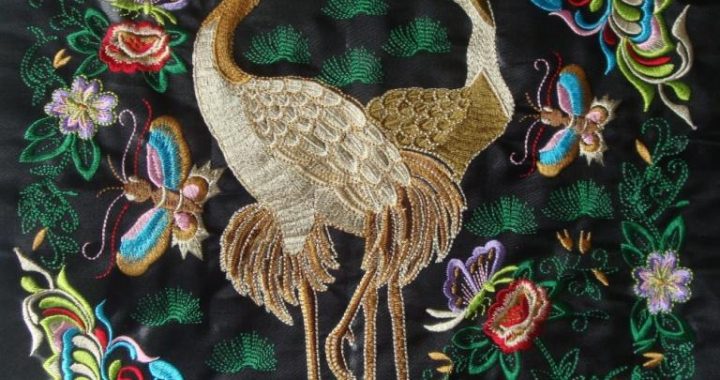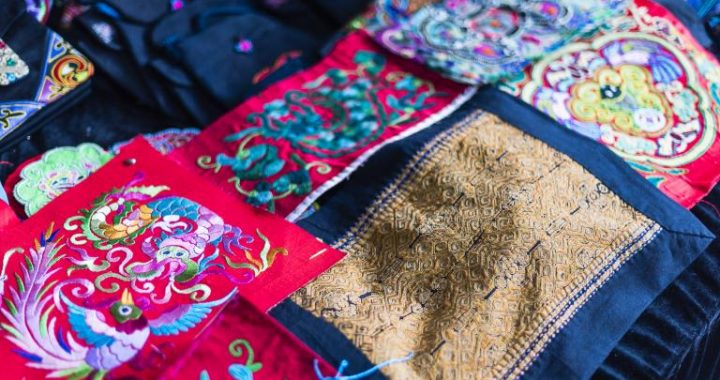Qipao for The Chinese Dress
2 min readKnown these days as the“traditional Chinese dress”,the original qipao looked very different from the versions today.Qipao is the Mandarian name of this dress.It is also referred to as cheongsam in Cantonese,wWhich literally translates to“long dress”.
Though today considered the“traditional”dress,it dates back only to the last Chinese Dynasty,Qing(1644-1911 AD).When the Manchu first took over,they organized the people into banners,qi.Thus,the qipao became the“banner gown”that was worn by both men and women.
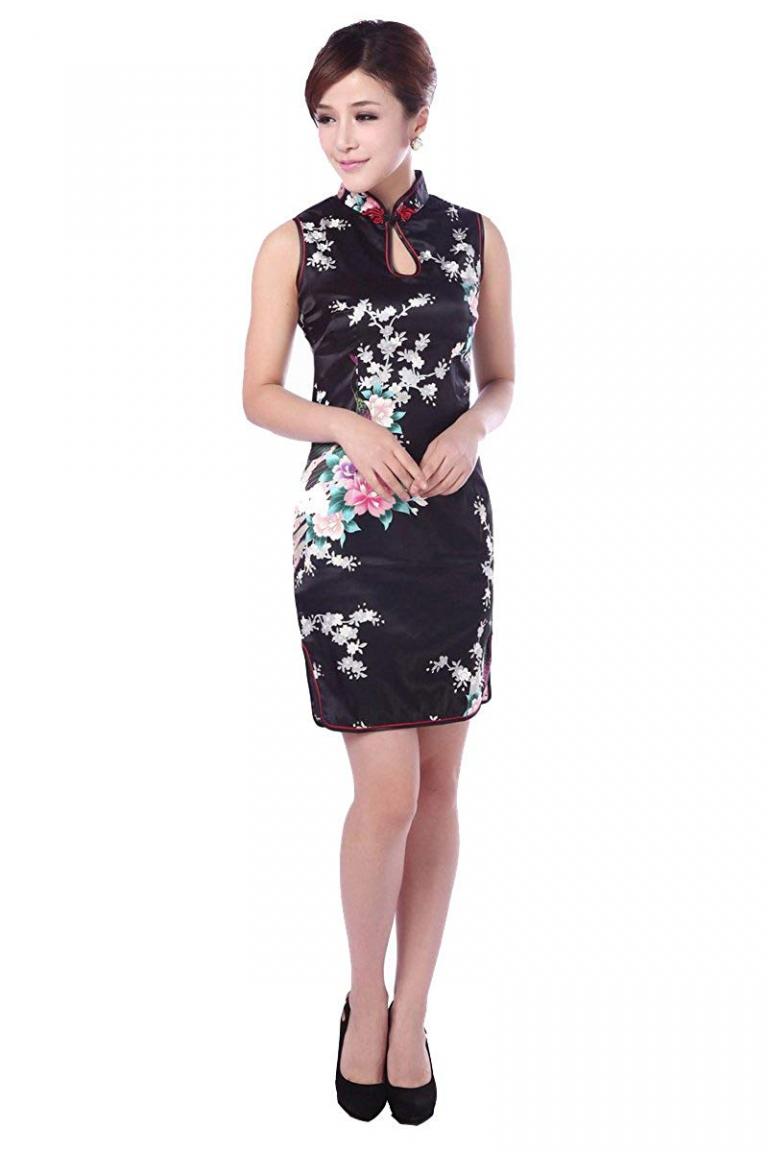
The generoal characteristic of the early qipao was a single piece of cloth that would cover the whole body,down to the feet.Around the neck,the collar would be high to help secure outfit.The material was loose,with slits on the side only to allow for easier movement.As the dynasty progressed,the qipao became very decorated with elaborate embroideries.Certain colored silks were used to distinguish rank and position.
While the Qing Dynasty fell,the center of Chinese fashion became Shanghai,where the Western influence was highest.It was here that the form of qipao we see mostly commonly today developed:slender fit and shorter sleeves.It was also because of this Western influence that men wearing qipaos fell out of favor.Women were featured in various calendars and portraits wearing these modern qipao’s,which helped to spread the popularity of this style as the image of beauty.
During the Communist Revolution,staring in 1949,the qipao was thought to be a throwback to the“old ways”and thus outlawed.People began to wear the Mao jackets and uniforms that were standard issue.
However,areas outside of the Communist rule,such as Taiwan and Hong Kong,continued to make these dresses popular and a symbol of Chinese elegance.
They are very much part of fashion and even been integrated with other Western style elerments to meet the ever changing definition of beauty.
